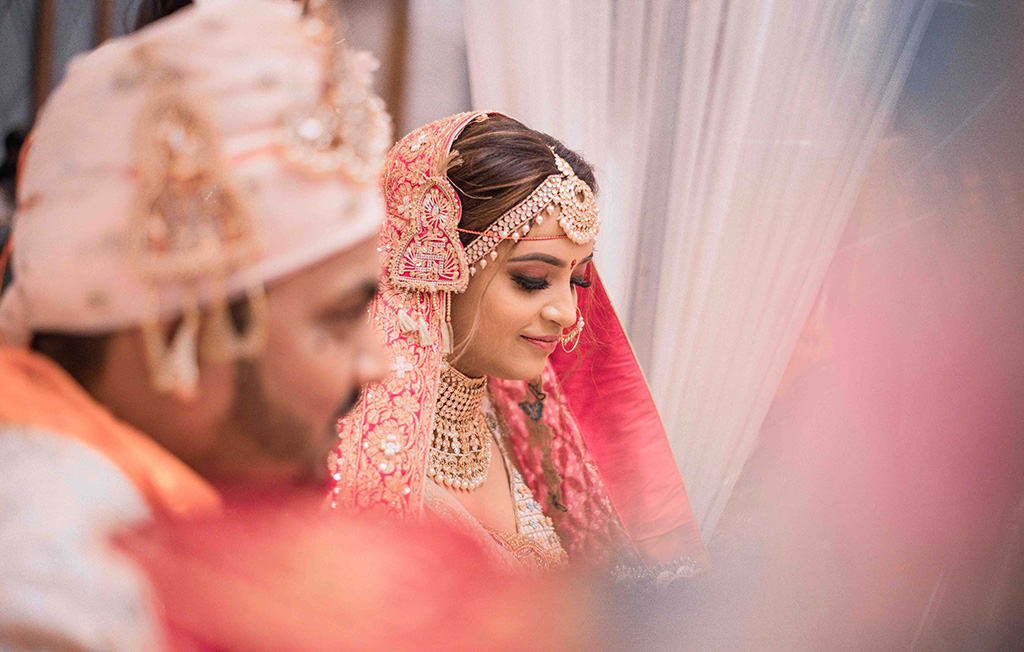wedding photography has evolved significantly over the years, blending artistic expression with the preservation of cherished moments. One of the intriguing styles that have gained momentum in recent years is the concept of the “couple movement” in wedding photography. This style captures the dynamic, emotional, and intimate moments between the couple, emphasizing their connection and movement. In this detailed exploration, we will delve into the role of the couple movement in wedding photography, examining its origins, techniques, significance, and how it enhances the storytelling aspect of a wedding photography album.
wedding photography is more than just a series of posed portraits; it is about capturing the emotions, interactions, and intimate moments between the couple and their loved ones. The concept of “couple movement” focuses on wedding photography the couple in motion. This dynamic aspect introduces energy and life into wedding photography, moving away from stiff, formal poses and instead showing the natural movements and gestures of the couple as they share meaningful moments on their special day.
The beauty of couple movement lies in its ability to portray the genuine connection between the bride and groom. Whether they are holding hands, dancing, walking together, or simply sharing a quiet moment, the movement can capture emotions such as joy, excitement, tenderness, and even nostalgia. It adds a level of realism and authenticity that is often missing in traditional posed wedding photography.
Historical Context: The Evolution of wedding photography
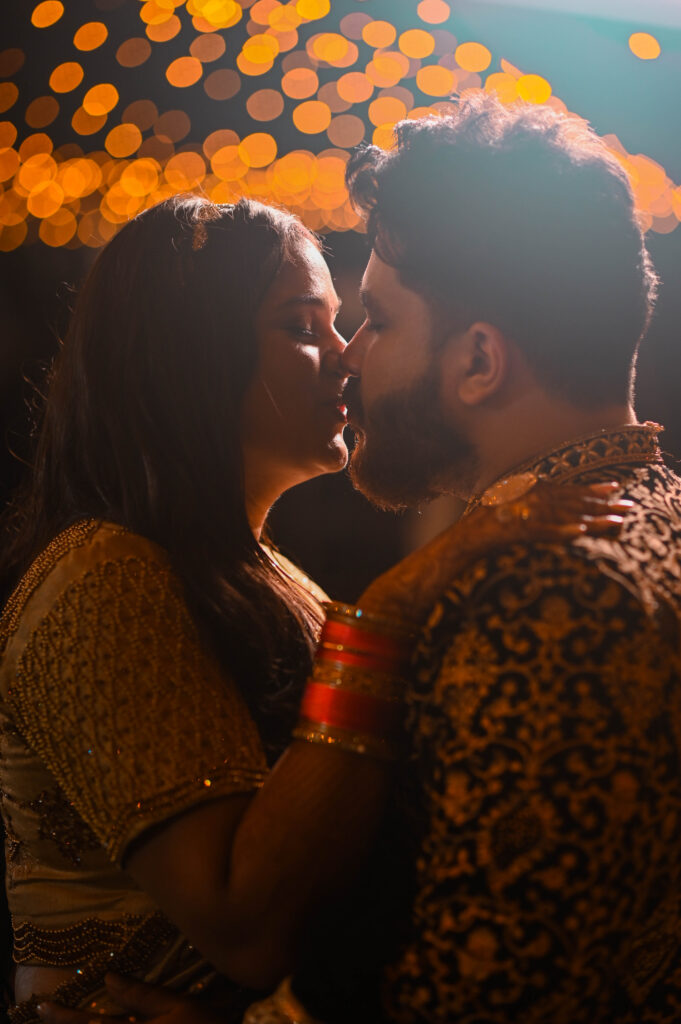
wedding photography, as a profession, has undergone significant transformations since its inception. In the early days of wedding photography, images were formal and posed, reflecting the stiff, formal nature of society during that period. The photographer’s role was primarily to document the event, capturing the bride and groom in carefully staged settings with little to no movement.
However, as time went on, wedding photography began to shift toward a more artistic and documentary style. With the advent of more accessible cameras and technological advancements in wedding photography, photographers were able to experiment with various techniques to create more natural, candid, and emotive images. This shift laid the groundwork for the modern-day trend of capturing movement and emotion in wedding photography.
In the 21st century, the rise of photojournalistic wedding photography played a pivotal role in embracing candid moments, spontaneous interactions, and the organic movement of the couple. This approach emphasized capturing moments as they happened, without interfering with or staging the scene. The couple movement became a powerful tool within this genre, allowing photographers to emphasize the couple’s connection through natural, fluid actions.
Techniques for Capturing Couple Movement wedding photography
Capturing movement in wedding photography requires both technical skills and a deep understanding of the couple’s emotions. The goal is to freeze the motion in a way that still conveys the feeling of movement, while ensuring the image remains sharp and visually appealing. Here are some key techniques used by wedding photography to capture couple movement effectively:
- Shutter Speed Manipulation: One of the most important factors in capturing movement is adjusting the shutter speed. A fast shutter speed (such as 1/500 or faster) freezes the action, ensuring that the couple’s movements are crisp and clear. Conversely, a slower shutter speed (e.g., 1/60 or slower) creates motion blur, allowing the movement to be conveyed in a more artistic way. This technique can be used to capture a dynamic moment while still maintaining a sense of fluidity and grace.
- Panning: Panning is a technique where the wedding photography follows the movement of the couple with the camera. This allows the subject (the couple) to remain relatively sharp while the background blurs, conveying the sense of speed and motion. This technique is particularly effective when capturing the couple as they dance, run, or walk.
- Depth of Field: A shallow depth of field can help isolate the couple from the background, focusing the viewer’s attention on their movement and emotions. This can create a sense of intimacy while allowing the movement to be the focal point of the image.
- Composition and Framing: The way the photographer composes the image can also affect the perception of movement. By using leading lines, positioning the couple off-center, or framing them within a doorway or archway, the wedding photography can guide the viewer’s eye along the movement, creating a more dynamic composition.
- Lighting: Proper lighting is essential in capturing movement effectively. wedding photography often use natural light, such as soft sunlight or the golden hour, to create a warm, glowing effect. Alternatively, artificial lighting, such as off-camera flash or continuous lights, can be used to freeze the action or add dramatic shadows, enhancing the sense of movement.
- Candid Moments: While posing can still be a part of wedding photography, capturing candid moments of movement is often the most powerful way to document a couple’s emotions. Photographers often encourage couples to interact naturally, whether through walking, dancing, or simply gazing at each other, allowing their connection to unfold naturally in front of the lens.
The Role of Couple Movement in Wedding Storytelling wedding photography
wedding photography is not just about capturing isolated moments; it is about telling the story of the couple’s journey. The couple movement plays an integral role in this narrative by conveying the emotions, energy, and connection between the bride and groom. Here are some ways in which couple movement enhances the storytelling aspect of wedding photography:
- Creating Emotional Impact: Movement allows the photographer to capture the emotions that are often hidden in still images. Whether it is the excitement of the couple’s first dance, the tenderness of a quiet walk together, or the joy of a shared laugh, movement helps to convey the raw emotion of the moment. The body language and gestures of the couple speak volumes about their relationship, adding depth to the narrative of their wedding day.
- Emphasizing the Connection: A couple’s movement can reveal their intimacy and connection in ways that posed portraits cannot. For example, capturing a couple walking hand-in-hand or dancing in each other’s arms allows the photographer to show how they support, trust, and care for one another. These subtle yet powerful movements tell a story of love and partnership.
- Capturing Spontaneity: Weddings are filled with unscripted, spontaneous moments that can’t be planned or predicted. Couple movement captures these moments of unpredictability, such as a surprise kiss, a spontaneous twirl, or a laugh shared between the couple. These unscripted moments contribute to the authenticity and charm of wedding photography, creating a more compelling and heartfelt story.
- Adding Energy to the Story: Weddings are dynamic events, filled with energy and excitement. Movement helps to capture that energy, especially in the moments leading up to or following the ceremony, during the reception, or on the dance floor. These moments help to convey the celebratory atmosphere of the day, contrasting with the quieter, more intimate moments.
- Highlighting the Passage of Time: Movement can also be used to reflect the passage of time during the wedding day. For example, a sequence of images showing the couple walking through different stages of the ceremony, or a series of photos that follow the couple from the moment they exchange vows to their first dance, can create a timeline that shows their emotional journey throughout the day.
- Complementing Other Elements of the Wedding: The couple’s movements can also be used to highlight other important elements of the wedding, such as the venue, decorations, or interactions with guests. By capturing the couple in motion within these contexts, the wedding photography can tell a more holistic story of the wedding day, integrating the couple’s personal journey with the broader celebration.
Benefits of Couple Movement in Wedding Photography wedding photography
Incorporating couple movement into wedding photography offers numerous benefits, both for the couple and for the photographer:
- Authenticity: The most significant advantage of couple movement is its ability to capture authentic moments. Unlike posed shots, which can sometimes feel artificial or stiff, movement brings a sense of naturalness to the images. It allows the couple’s personalities, love, and connection to shine through in a way that feels genuine and unforced.
- Creativity: Movement gives photographers the opportunity to get creative with their shots. By experimenting with different angles, shutter speeds, and lighting, photographers can create visually striking images that stand out from traditional wedding photography portraits. This creativity can also result in more varied and dynamic wedding albums.
- Capturing Emotion: The emotional depth of wedding photography photos is enhanced through movement. Whether it is a moment of joy, tenderness, or excitement, movement helps to convey those emotions more vividly than static images.
- Variety: Adding movement to the wedding photography mix creates a diverse collection of images. While posed portraits may form the backbone of the album, candid and movement-based shots provide variety and ensure that the album tells a more comprehensive story.
- Memories of the Day: The dynamic nature of couple movement helps preserve the essence of the wedding day. The photos serve as more than just a record of events; they evoke the energy and emotion of the day, allowing the couple to relive the experience years later.
Challenges of Capturing Couple Movement wedding photography
While couple movement offers many benefits, it also presents some challenges for photographers:
- Timing: Capturing the perfect moment requires great timing. Photographers need to anticipate movements and reactions to ensure they capture the right moment, which can be difficult when working with couples who may be nervous or distracted.
- Technical Expertise: To successfully capture movement, photographers must have a strong understanding of their camera settings, especially shutter speed, aperture, and ISO. Achieving the right balance between a sharp subject and a sense of motion can be technically challenging.
- Unpredictability: Weddings are unpredictable events, and the couple’s movements may not always align with the photographer’s vision. This requires wedding photography to be adaptable and ready to capture unexpected moments as they unfold.
- Lighting Conditions: Poor lighting conditions can make it difficult to capture movement effectively. Photographers must adapt to the available light or bring in supplemental lighting to ensure they get the best possible shot.
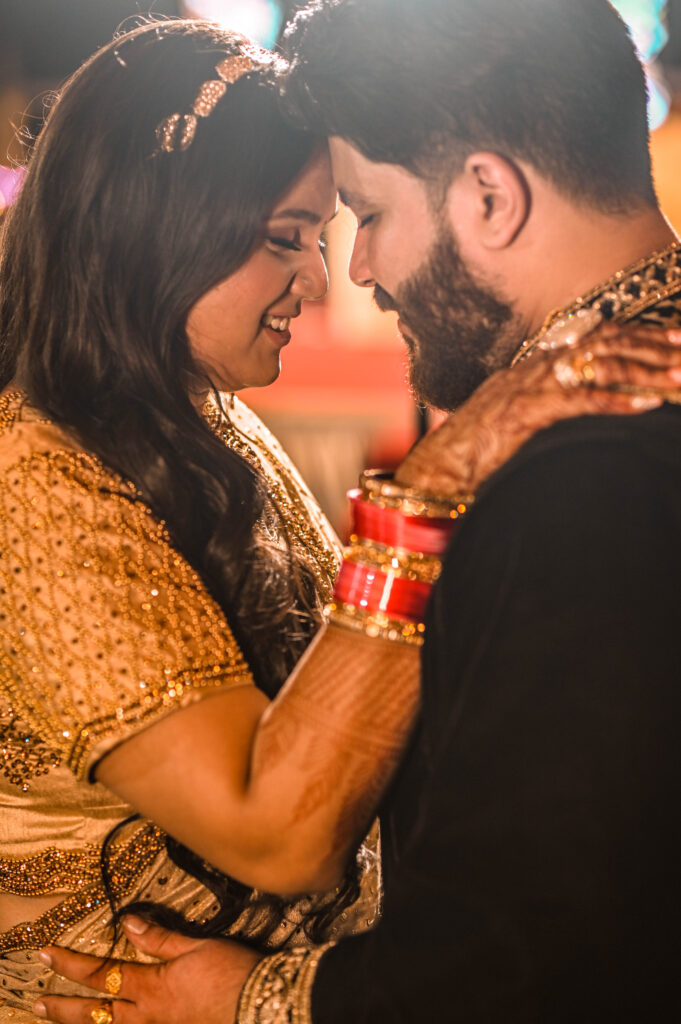
Step 1: Master the Craft wedding photography
1.1 Develop Technical Skills wedding photography
Before marketing your services, ensure your wedding photography skills are refined. Key areas to focus on include:
- Camera Mastery: Understand manual settings like ISO, aperture, and shutter speed.
- Lighting Techniques: Practice using natural light, flash, and reflectors.
- Composition: Learn rules of framing, symmetry, and storytelling through visuals.
- Post-Processing: Master photo editing software such as Adobe Lightroom and Photoshop.
1.2 Build a Portfolio wedding photography
A strong portfolio is your most effective marketing tool. To build one:
- Offer free or discounted shoots for friends or family.
- Collaborate with wedding photography planners or stylists to create styled shoots.
- Showcase a variety of styles, including candid moments, posed portraits, and detail shots.
Step 2: Define Your Brand wedding photography
2.1 Establish Your Unique Style wedding photography
Identify what sets you apart. Whether it’s your artistic approach, editing style, or ability to capture emotions, make this a hallmark of your brand.
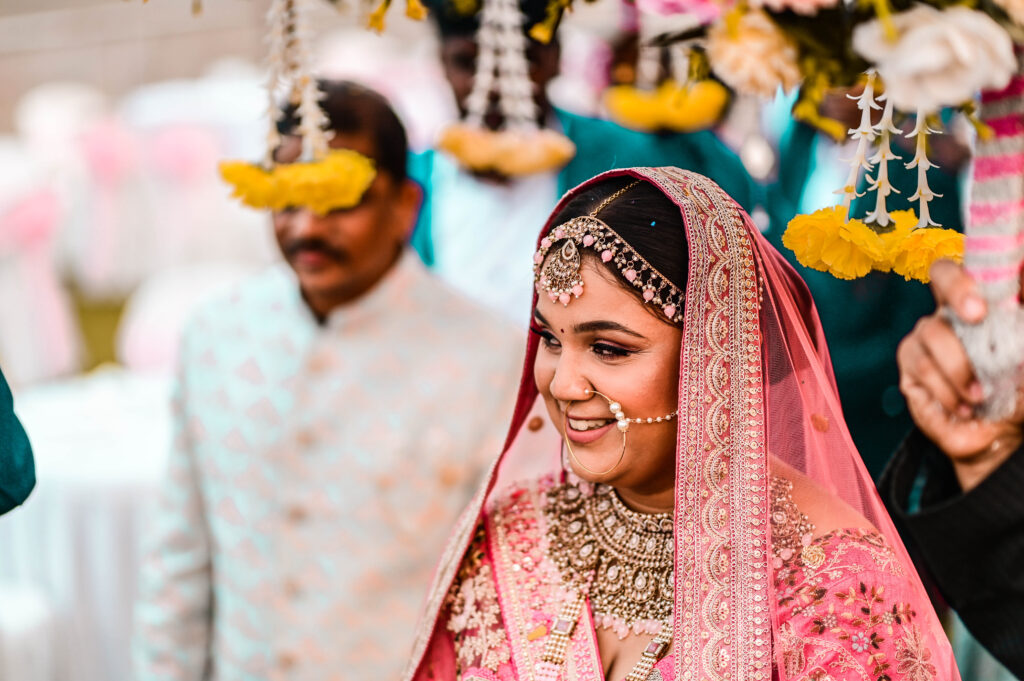
2.2 Create a Professional Identity wedding photography
- Logo and Name: Develop a memorable business name and logo.
- Website: Build a clean, visually appealing website that includes your portfolio, about section, and contact information.
- Social Media Presence: Use platforms like Instagram and Pinterest to share your work and engage with potential clients.
Step 3: Build a Reputation wedding photography
3.1 Provide Exceptional Client Experiences wedding photography
Word-of-mouth recommendations are invaluable in the wedding photography industry. To foster them:
- Communicate clearly and promptly with clients.
- Go above and beyond during shoots to make clients feel special.
- Deliver high-quality images on time.
3.2 Network Within the Industry wedding photography
- Collaborate with Vendors: Build relationships with wedding photography planners, florists, venues, and makeup artists.
- Attend Wedding Shows: Showcase your work at bridal expos to connect with potential clients and industry peers.
- Join Professional Associations: Membership in groups like the Wedding & Portrait wedding photography International (WPPI) can enhance credibility.
3.3 Collect and Showcase Reviews wedding photography
Ask satisfied clients to leave testimonials on platforms like Google, Yelp, or your wedding photography website. Positive reviews can significantly influence potential clients.
Step 4: Market Effectively wedding photography
4.1 Use Digital Marketing wedding photography
- SEO: Optimize your website to rank for local wedding wedding photography keywords.
- Social Media Ads: Run targeted ads on Instagram and Facebook.
- Blogging: Write articles about wedding photography tips or showcase recent shoots to attract organic traffic.
4.2 Partner with Wedding Platforms wedding photography
Partnering with wedding photography platforms is a powerful strategy to expand your reach and establish credibility in the industry. These platforms serve as a bridge between photographers and couples planning their weddings, providing access to a vast audience actively searching for services. Here’s how to effectively leverage wedding photography platforms to grow your business:
4.2.1 Understand the Benefits of Wedding Platforms wedding photography
- Increased Visibility: Platforms like The Knot, wedding photography Wire, and Zola are popular among engaged couples and can significantly boost your exposure.
- Targeted Audience: These platforms attract users specifically looking for wedding-related services, ensuring your marketing efforts reach a relevant audience.
- Credibility: Being listed on reputable wedding photography platforms enhances your professional image and builds trust with potential clients.
- Lead Generation: Many platforms offer tools to help you track inquiries, respond to leads, and manage bookings.
4.2.2 Choose the Right Platforms wedding photography
Research and select platforms that align with your target market and business goals. Consider factors such as:
- Regional Popularity: Some platforms may have a stronger presence in certain geographic areas.
- Cost: Evaluate the subscription fees or commission structures.
- Features: Look for platforms that offer analytics, marketing tools, and customizable profiles.
4.2.3 Create a Compelling Profile wedding photography
Your profile is the first impression couples will have of your business. To make it stand out:
- Showcase Your Best Work: Include high-quality images that highlight your style and expertise.
- Write a Captivating Bio: Share your story, approach to wedding photography, and what makes your services unique.
- Client Reviews: Feature testimonials from satisfied clients to build trust.
- Pricing Information: Provide transparent pricing or package details to help couples make informed decisions.
4.2.4 Engage Actively wedding photography
Maximize the benefits of wedding photography platforms by staying active:
- Respond Quickly: Promptly reply to inquiries to show professionalism and enthusiasm.
- Update Regularly: Keep your profile fresh by adding new photos, reviews, and content.
- Participate in Forums: Engage with users in discussion boards or forums to showcase your expertise.
4.2.5 Leverage Advertising Opportunities wedding photography
Many platforms offer paid advertising options to increase your visibility. Consider investing in features like:
- Featured Listings: Appear at the top of search results.
- Sponsored Content: Promote your services through platform blogs or newsletters.
- Exclusive Deals: Offer discounts or packages to attract more bookings.
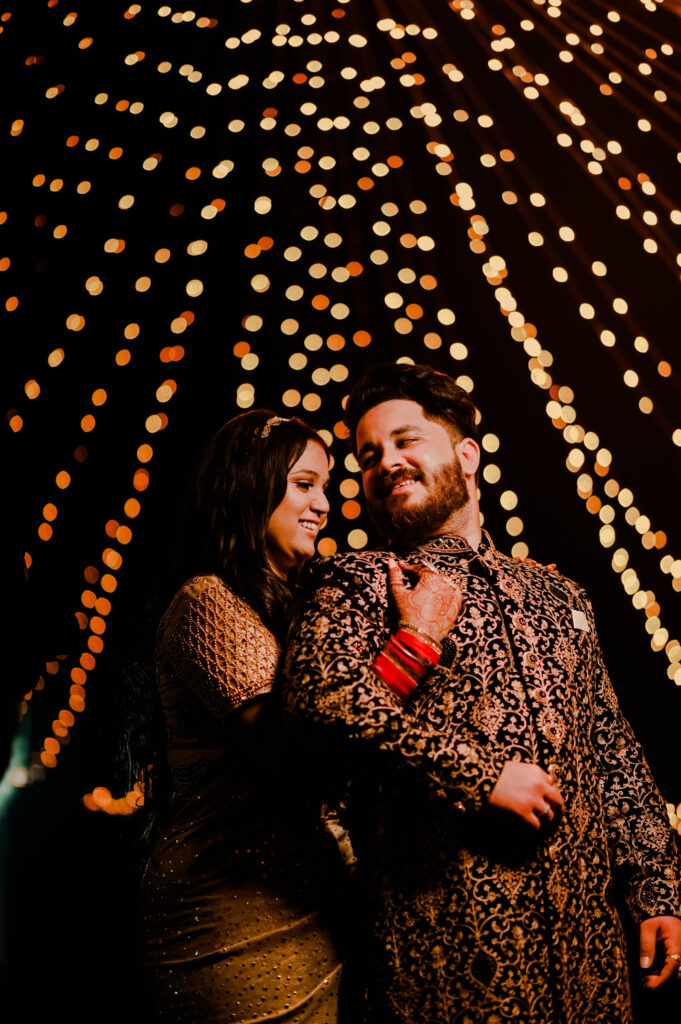
4.2.6 Track and Analyze Performance wedding photography
Use the analytics tools provided by wedding photography platforms to measure your success. Monitor metrics like:
- Profile Views: Track how often your profile is viewed.
- Inquiry Rates: Measure the number of inquiries you receive.
- Conversion Rates: Assess how many inquiries turn into bookings.
4.2.7 Build Relationships Through Platforms wedding photography
wedding photography platforms often host events or webinars for vendors. Participate in these opportunities to network with industry professionals, learn best practices, and gain insights into market trends.
4.2.8 Diversify Your Presence wedding photography
While focusing on major platforms, don’t overlook niche platforms that cater to specific demographics or regions. These can be valuable for targeting unique client segments.
Step 5: Financial Planning and Growth wedding photography
5.1 Price Your Services Strategically wedding photography
Start with competitive pricing to build your client base, then gradually increase rates as your reputation grows.
5.2 Diversify Revenue Streams wedding photography
- Offer prints, albums, and other products.
- Provide engagement or anniversary shoots.
- Conduct wedding photography workshops for aspiring photographers.
5.3 Invest in Your Business wedding photography
Reinvest a portion of your profits into better equipment, marketing, and education to continuously improve.
Step 6: Expand and Evolve wedding photography
6.1 Hire and Train Assistants wedding photography
As demand grows, consider hiring second shooters or assistants to manage larger events. Training your team ensures consistency in the quality of work and helps you cover more extensive or simultaneous events. Assistants can also take on administrative tasks, allowing you to focus on creativity and client interactions.
6.2 Stay Current wedding photography
Trends in wedding photography evolve. Stay ahead by:
- Learning New Techniques: Experiment with different wedding photography styles, such as drone photography or cinematic videography.
- Attending Workshops and Conferences: Engage with industry experts and peers to expand your skills and stay updated on the latest tools and technologies.
- Following Industry Blogs and Social Media: Regularly check platforms like Instagram, Pinterest, and wedding magazines to understand current trends.
6.3 Scale Your Business wedding photography
Scaling your wedding photography business can open up new opportunities and revenue streams. Here’s how:
- Destination Weddings: Expand your services to include destination weddings. This requires additional planning and marketing but can attract a high-end clientele.
- Form a Team: Build a team of skilled wedding photography under your brand. This allows you to book multiple events on the same day, increasing your income potential.
- Create a Studio: Consider opening a wedding photography studio to offer additional services such as pre-wedding shoots, family portraits, or boudoir wedding photography.
6.4 Develop Partnerships wedding photography
Collaborate with venues, planners, and other vendors to offer bundled services. Being part of a preferred vendor list can increase your bookings and establish your credibility in the industry.
6.5 Focus on Client Relationships wedding photography
Long-term success depends on strong client relationships. Maintain communication with past clients, and offer anniversary shoots or family sessions. Happy clients are more likely to refer you to their network.
6.6 Adapt to Technological Changes wedding photography
Invest in cutting-edge equipment and software to enhance your services. Explore tools like AI-powered editing software, cloud storage for easy image delivery, and advanced cameras for superior image quality. Technology can streamline your workflow and provide a better client experience.
6.7 Build Passive Income Streams wedding photography
- Online Courses: Teach aspiring wedding photography through online classes or tutorials.
- Sell Stock Photos: Use images from weddings to create a portfolio of stock wedding photography.
- Write a Book or Blog: Share your expertise through a book or blog, establishing yourself as an authority in the field.
6.8 Expand Your Marketing Efforts wedding photography
- YouTube Channel: Start a channel to showcase your work, share behind-the-scenes footage, or provide tips for couples planning their weddings.
- Podcast: Host a podcast about wedding photography or the wedding photography industry to reach a broader audience.
- Collaborate with Influencers: Partner with wedding photography influencers to feature your work and attract new clients.
6.9 Stay Resilient and Innovative wedding photography
Adaptability is key to staying relevant in a competitive market. Monitor client feedback, market trends, and industry developments. Be open to experimenting with new ideas to ensure your business continues to thrive.
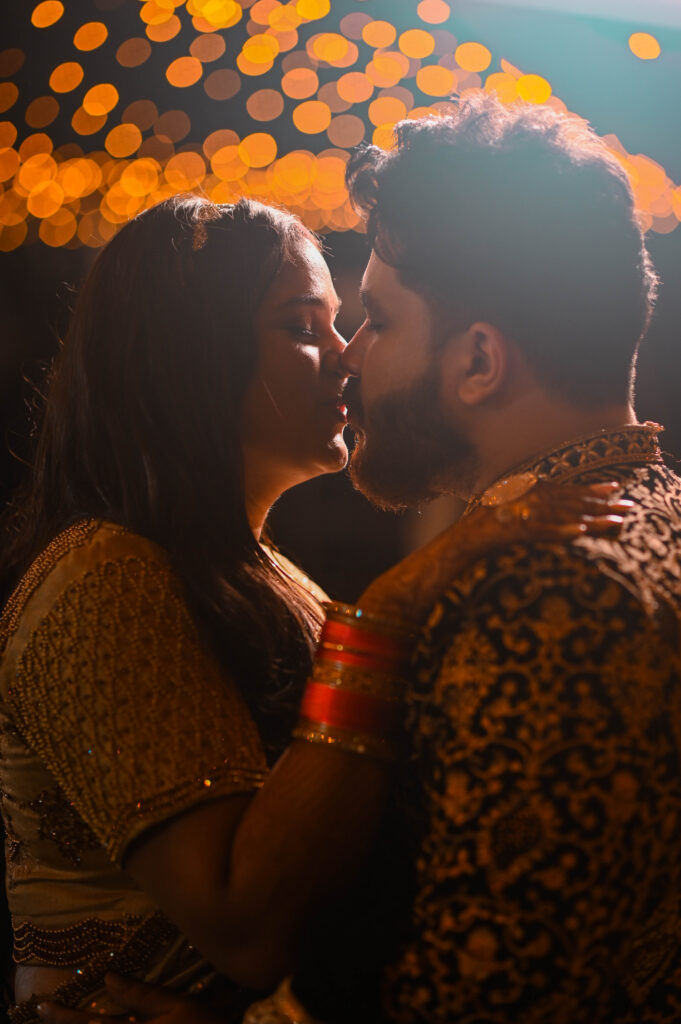
Positive Aspects of wedding photography
1. Creative Expression and Artistic Fulfillment wedding photography
Wedding photography is an incredibly creative field. It allows photographers to showcase their artistic vision through composition, lighting, and editing. Photographers can experiment with different techniques, styles, and artistic choices to produce unique and memorable images for the couple. The opportunity to capture such significant moments—like a couple’s first kiss, the joyful moments between families, or intimate wedding portraits—can be immensely fulfilling for a photographer who thrives on creative expression.
2. Emotional Impact and Connection wedding photography
Wedding photographers have the privilege of capturing one of the most important days in a couple’s life. The emotional connection that a photographer shares with the couple and their loved ones during the wedding day is invaluable. Being able to document and preserve moments of love, joy, and celebration for the couple can be incredibly rewarding. The couple’s reactions when they see their wedding photos for the first time can bring a deep sense of accomplishment and gratitude to the photographer.
3. Variety of Work wedding photography
Wedding photography offers a wide variety of situations, locations, and types of shots. Each wedding is unique, and a photographer gets to experience different themes, cultures, venues, and settings. From grand ballrooms to intimate outdoor ceremonies, wedding photographers get to explore and capture various styles, personalities, and stories. This variety can keep the job fresh, interesting, and dynamic, as no two weddings are ever exactly the same.
4. Strong Demand and Potential for Income wedding photography
Weddings are a constant occurrence, and there is always a demand for skilled wedding photographers. As long as couples are getting married, the need for professional wedding photography will remain high. Wedding photography can be a lucrative business, especially for experienced photographers with a strong portfolio. Many photographers can charge premium rates, particularly if they specialize in high-end weddings, destination weddings, or exclusive packages. Photographers also have opportunities to expand their services, offering additional products such as engagement photos, wedding albums, and prints.
5. Social and Networking Opportunities wedding photography
Wedding photography can be a very social profession. Photographers often work closely with brides, grooms, and their families, building strong relationships throughout the wedding process. They also have the chance to network with other wedding vendors, such as event planners, florists, and venue managers. These connections can lead to valuable opportunities for referrals and collaborations, helping photographers grow their business.
6. Longevity of Work wedding photography
Unlike other types of photography, wedding photography produces work that is cherished for years. Wedding photos are passed down from generation to generation, becoming heirlooms for families. This gives wedding photographers a unique legacy, as their work endures long after the event itself. For many couples, the wedding album becomes a cherished item that reminds them of their special day. Knowing that your work is part of a family’s history can be deeply rewarding.
Negative Aspects of wedding photography
1. Long Hours and Physical Demands wedding photography
Wedding photography requires long hours and significant physical stamina. A typical wedding day can last anywhere from 8 to 12 hours, and photographers must be on their feet for most of the day, moving around to capture all the important moments. This can be physically exhausting, especially during long ceremonies, receptions, and family photoshoots. There is often no time for breaks, and photographers must stay focused and alert throughout the day. Additionally, carrying heavy camera gear, multiple lenses, lighting equipment, and backup batteries can add to the physical strain.
2. High Stress and Pressure wedding photography
Wedding photography is high-pressure work. The photographer is responsible for capturing moments that are once-in-a-lifetime for the couple. Missing a key moment, such as the first kiss, the walk down the aisle, or the exchange of vows, can result in disappointment for the couple and affect the photographer’s reputation. There is also the challenge of working in fast-paced environments, where moments happen quickly and unexpectedly. Photographers must remain calm, focused, and organized under stress while juggling multiple tasks, such as coordinating group shots, adjusting settings for different lighting conditions, and keeping the couple and guests happy.
3. Unpredictable Lighting and Weather Conditions wedding photography
One of the most challenging aspects of wedding photography is dealing with unpredictable lighting and weather conditions. Outdoor weddings can present challenges such as harsh sunlight, shadows, or sudden rain. Indoor venues may have poor or inconsistent lighting, which can affect the quality of photos. Photographers need to be adaptable and skilled in adjusting their equipment, using off-camera flash or other lighting solutions, and adapting to changing environments. These unpredictable conditions can test a photographer’s skill, creativity, and patience.
4. Dealing with Difficult Clients wedding photography
While many couples are wonderful to work with, wedding photographers sometimes have to deal with demanding or difficult clients. Some couples have very specific ideas about how they want their wedding photos, and if those expectations are not met, it can lead to frustration or conflict. Additionally, there may be pressure from family members to capture certain moments or pose the couple in a particular way, which can make the photographer’s job more challenging. Managing expectations, communication, and maintaining professionalism are essential skills for navigating difficult client situations.
5. Time-Consuming Editing Process wedding photography
After a wedding photography often spend many hours sorting through thousands of images, selecting the best shots, and editing them. This post-production process can be extremely time-consuming, as each image often requires adjustments for color balance, exposure, cropping, and retouching. For some photographers, editing can take several days or even weeks. While editing is a crucial part of producing high-quality images, it can also be monotonous and tiring. Additionally, many photographers struggle with balancing the need for perfection with the desire to meet clients’ expectations in a timely manner.
6. Financial Investment and Unpredictable Income wedding photography
wedding photography requires a significant financial investment in equipment, including high-quality cameras, lenses, lighting gear, and editing software. Many photographers also need to purchase backup gear, which can be costly. Additionally, wedding photography must invest in marketing, website maintenance, and business-related expenses, all of which can be time-consuming and costly.
Furthermore, the income from wedding photography can be unpredictable. There may be seasons where business is booming, such as during peak wedding season, but there can also be slow periods where bookings are sparse. This unpredictability makes financial planning difficult for many wedding photographers, especially those working on a freelance or contract basis.
7. Competition in the Industry wedding photography
The wedding photography market can be highly competitive. With the rise of social media and photography platforms like Instagram and Pinterest, many photographers are showcasing their work to a wide audience. New wedding photography may struggle to establish themselves in a saturated market, especially if they don’t have a strong portfolio or brand. Gaining recognition, attracting clients, and building a reputation requires significant effort, marketing, and time.
Conclusion wedding photography
Building a reputation and growing a wedding photography business requires dedication, strategic planning, and a commitment to excellence. By mastering your craft, creating a strong brand, and delivering exceptional client experiences, you can establish a thriving business in this competitive field. Remember, success comes from a combination of passion, persistence, and adaptability. By continuously expanding and evolving, your business will be well-positioned to achieve long-term success in the ever-changing wedding photography industry.
Understanding the couple is the cornerstone of successful wedding photography. By investing time and effort into building a connection.
Couple movement in wedding photography has become an essential aspect of modern wedding storytelling. By capturing the dynamic, emotional, and spontaneous moments between the couple, wedding photography can create images that go beyond the traditional posed portraits. The techniques used to capture movement, combined with the emotional depth and authenticity it brings, result in a wedding photography album that tells a more complete and compelling story of the couple’s special day. Despite the challenges involved, the benefits of incorporating couple movement make it a powerful tool for creating timeless, memorable wedding photography that resonates with the couple and their loved ones for years to come.




